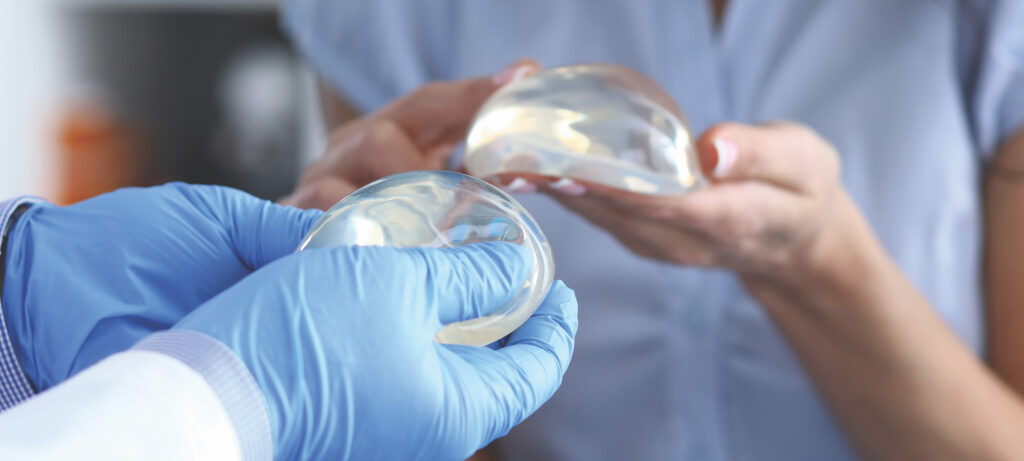
Silicone breast implants with a smoother surface design have less risk of producing inflammation and other immune system reactions than those with more roughly textured coatings, according to new research by Joshua Doloff, assistant professor of biomedical engineering, who collaborated with researchers at Johns Hopkins Medicine, MIT, and Rice University on a series of experiments published last June in Nature Biomedical Engineering.
Results of the studies using mice, rabbits, and samples of human breast tissue advance knowledge of how the body responds to such implants, providing new information to physicians and affirming the benefits of certain smoother surfaces, say the researchers.
Breast implants, surgically inserted following mastectomies or to augment breast size, can be filled with either saline or silicone, but both types have a silicone outer shell. Previous studies showed that most of the 400,000 women each year in the U.S. who receive silicone implants will need to have them replaced within 10 years because of pain and shape shifting of the implant caused by immune system cells that contribute to scarring and fibrous tissue.
“Our aim is to provide patients with as much information as possible so they can make informed decisions to guide their own personal health,” says Doloff, first author of the research, which began during his postdoctoral training at MIT.
Doloff, whose research overall focuses on the interface between implantable devices and the human body, says scientists have long known that the immune system biologically walls off foreign objects in the body by creating inflammation and scarring that can be disfiguring and painful. For the past decade, scientists have been examining how to design implant surfaces in ways that reduce such effects.
He notes other areas of active research for implantable devices include development of biosensors that can detect rupture, leakage, or inflammation of surrounding tissue. He also plans to study the amount of immune response, inflammation, and fibrous tissue among implants in women following cancer diagnosis and treatment.
“Engineers should know how something works, not just that it works, so we can improve on existing technologies,” says Doloff.




